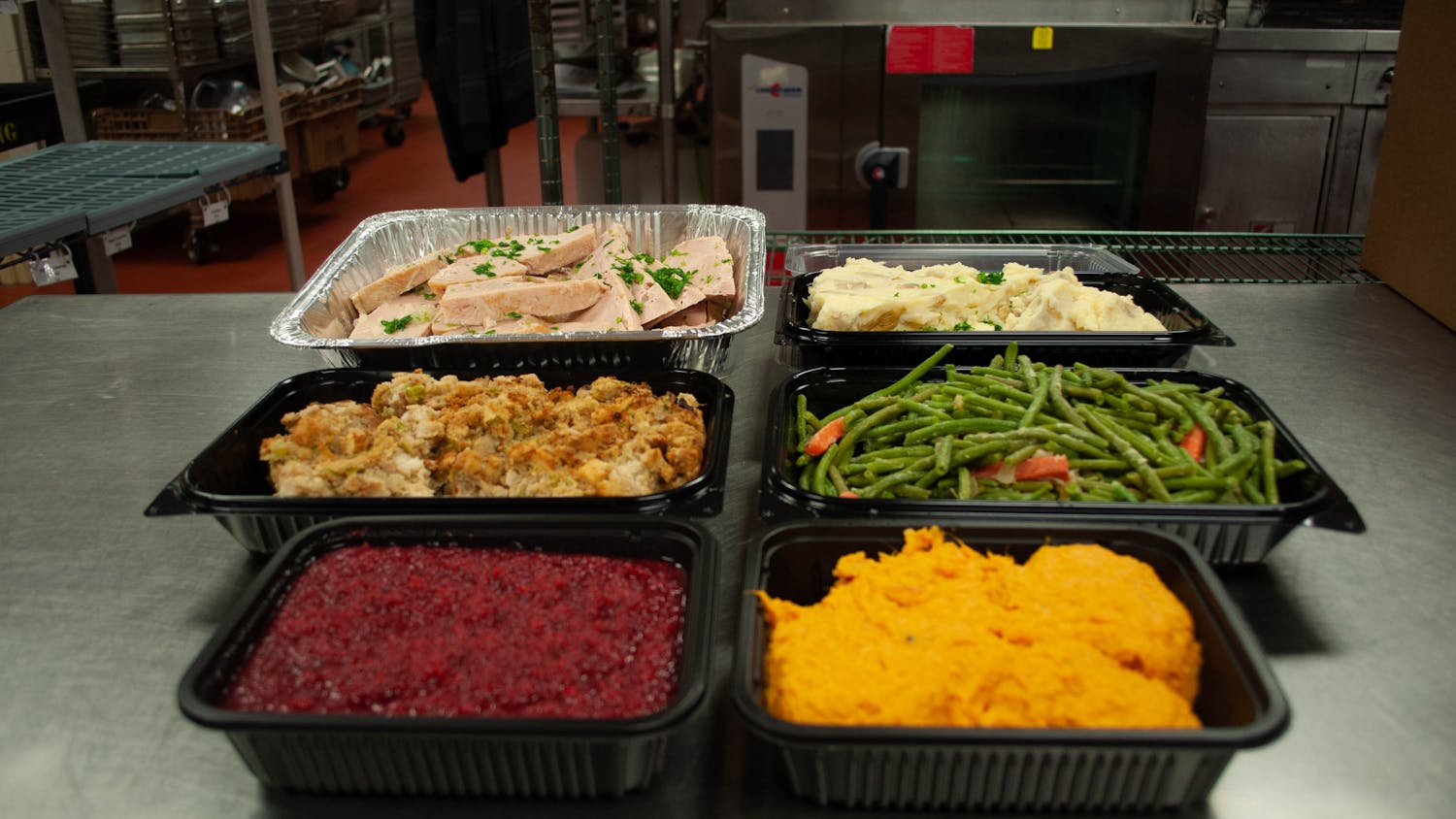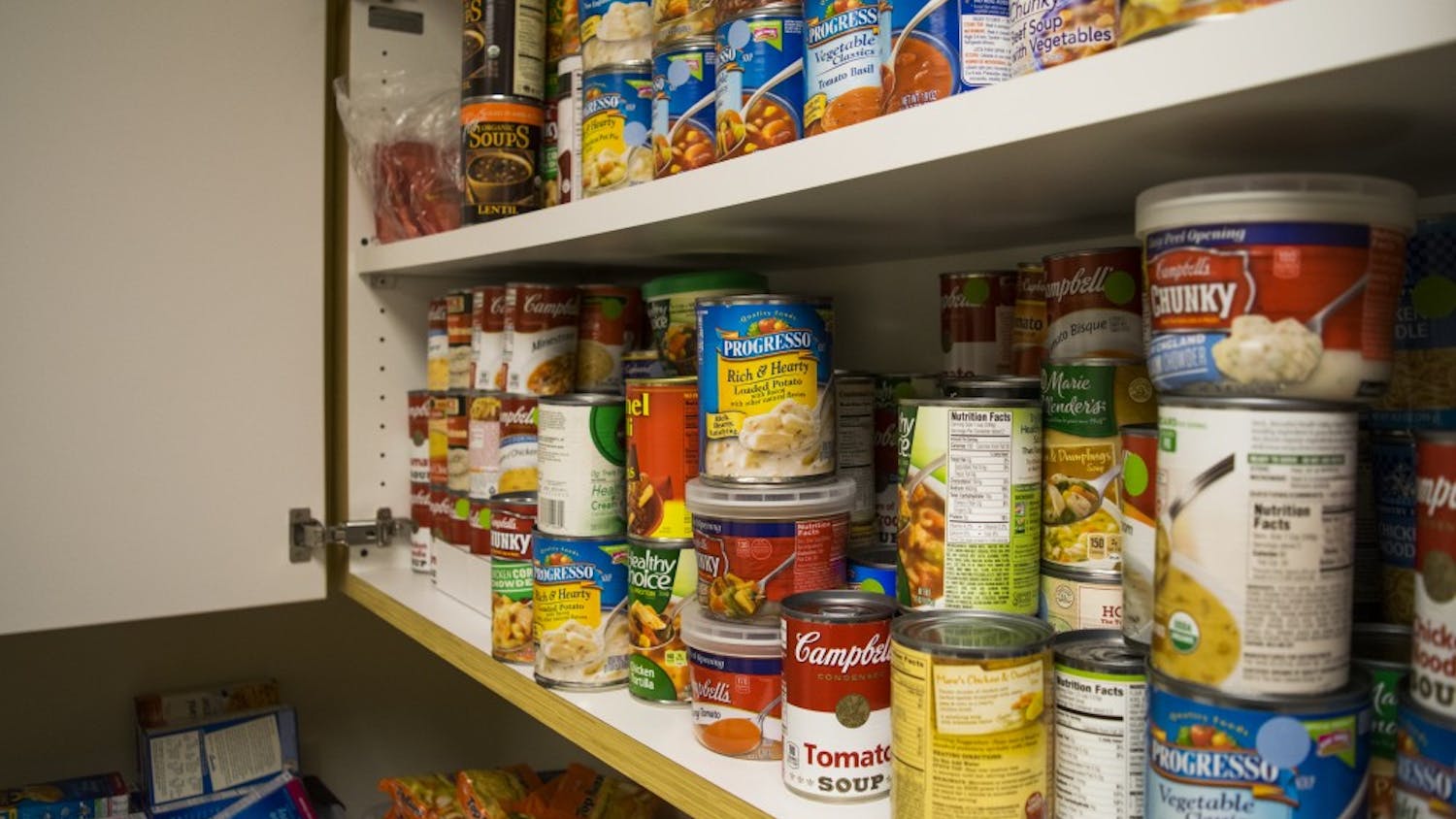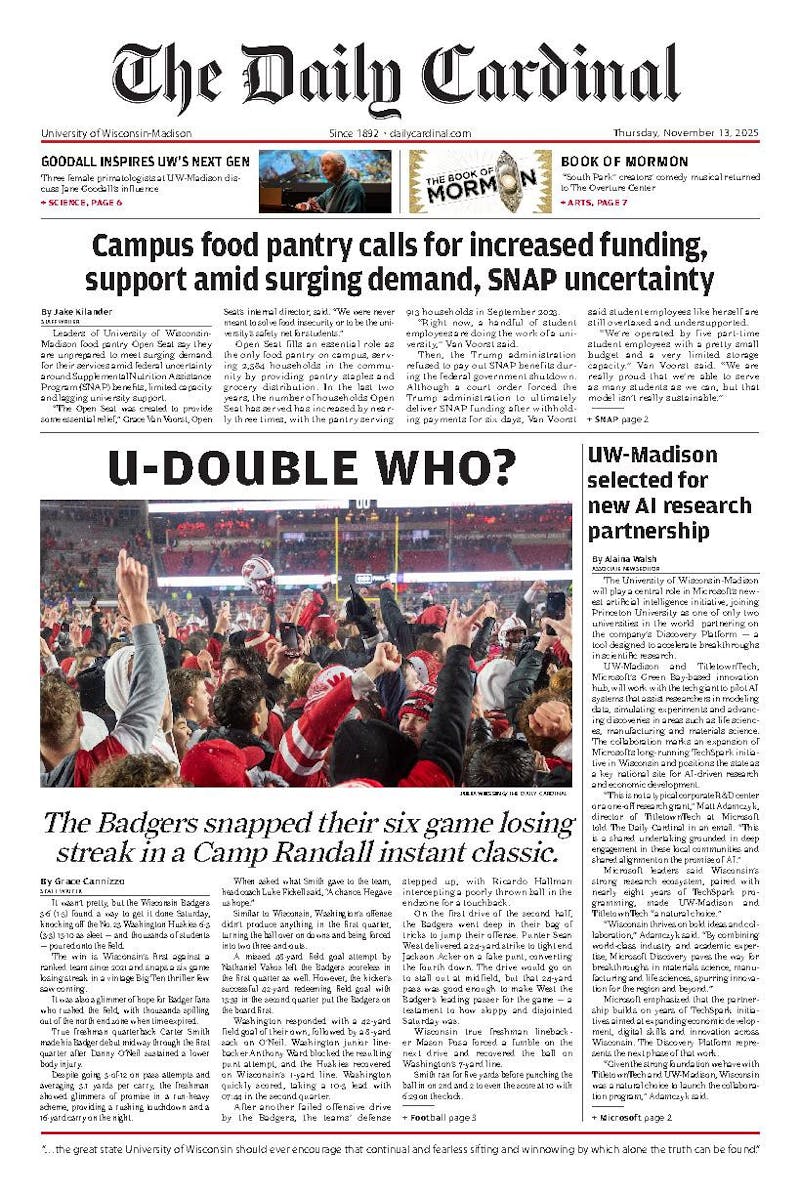There is nothing more reliable than the sweet and salty harmony of a peanut butter and jelly sandwich.
Yet while the simple ingredients ensure it's tough to make a bad PB&J, the modern food world has attempted to elevate this gooey classic to a gourmet level. The traditional options of chunky or creamy, grape or strawberry, have given way to an endless assortment of PB&J possibilities.Despite its firm spot as a staple of the U.S. diet, the birth of the peanut butter and jelly sandwich is shrouded in mystery. For a clearer picture, let's break it down.Bread can be traced as far back as ancient Egypt, but the kind most often used in the American PB&J, soft white bread, didn't appear until nearly 1900. Of course the true revolution in bread came in 1927, when pre-sliced loaves were introduced. It may be cliché, but the PB&J sandwich is just another result of this seemingly obvious development.Jams and jellies are even older. Historians believe the earliest humans were grinding sweet fruits to make pastes. But take a look at the ingredients of your Grape Smuckers and you'll notice fruit is not the main ingredient.Not until 700 A.D. did sugar, the chief element of jellies, become widely available. And it wasn't until 1897 that J.M. Smucker opened his business, which now is the most recognizable name in fruit spreads.
Peanut butter lacks the long, rich history of the other two stars of the PB&J. Ancient African tribes ground peanuts into stews, and Asian cuisine has used peanut sauces for centuries, but these products were nothing like the peanut butter we enjoy today. It was in 1890 that an unknown physician created modern peanut butter as a protein paste for those without teeth to chew whole peanuts.
Over in Battle Creek, Mich., the Kellogg brothers of cereal fame saw the potential for the peanut paste and began mass production. By the 1920s, peanut butter had ingratiated itself to the American public. Yet peanut butter has remained mainly an American favorite, finding little favor elsewhere.
There's one final history to note: that of the sandwich itself. Everyone has heard of the Earl of Sandwich, who in 1763 first created the portable cuisine. Imagine how different our lives would be had it not been for the Earl's creation.
The ingredients are all here, but who do we have to thank for melding them in salty-sweet bliss? It's hard to pinpoint a moment of invention, but historians point to World War II as the birthplace of the PB&J, citing causes both at home and on the front lines.
Peanut butter and jelly was part of the ration kits for American soldiers during the war. Constantly on the move, the GIs realized the convenience of the mobile meal.
Back on the home front, wartime rationing made meat and cheese difficult to obtain. Many families adopted the cheap and available peanut butter and jelly as a healthy substitute for traditional sandwich fillings.
Today, the PB&J has matured into culinary sophistication. Outrageous flavors of peanut butter, from white chocolate to Asian curry, are now found in specialty stores. Tortillas, pitas, waffles and even hotdog buns are used as alternatives to bread. Madison now boasts gourmet PB&J, as well. But the question remains: Can a restaurant really improve on this comfort food? I decided to investigate.
My first two stops nearly ended my venture, as both Potbelly's and Quizno's bland versions reminded me how ridiculous it is to pay for something so simple. But as the day warmed up, the PB&J's began to shine brighter than the spring sun.
Jo's Tazzina, 45 S. Basset St., was a creative experience to be sure. Its grilled PB&J can be had on four fresh breads, and features a thick blackberry jam that puts Mr. Smucker in his place. On this day, however, only marble rye was available. The girl behind the counter insisted I come back another day, but I gave it a shot. If the all-natural peanut butter and jam were tasty on the dill-seasoned bread, imagine how great they'd be on honey oat.
The Washington Hotel Coffee Room, 402 W. Lakeside St., is evidence of how upscale a PB&J can get. Various homemade nut butters are featured, and this day's specials were the cherry-chocolate hazelnut with bananas and the pistachio butter with cherry jam—both on homemade rustic wheat bread. I went for the latter, and was hard-pressed to fit my mouth around the thick slices of hearty bread. If you've never tried other nut butters, pistachio is a good choice—the flavor is like a richer peanut butter.
Those mourning the loss of Baker's Too will love Copper Gable Café, 317 N. Bassett St., where my melty PB&J toasted on sourdough bread cost a mere $3. By far the best deal of the day.
My last stop was the recently-opened Quinton's, 319 W. Gorham St. I don't care if your mom is Martha Stewart, your childhood PB&J never came close to this grilled magnificence. Peanut butter is slathered on both sides of the toast, and grape jelly oozes from between the crispy buttered bread.
So what's the verdict? Is it really worth it to pay someone to make something so simple? A gourmet PB&J is a wonderful experience to be sure, but for those of you who prefer the homemade variety, I'll leave you with my own gourmet recipe:
Good bread is the backbone of the sandwich, and I recommend a cranberry walnut or cinnamon raisin. Pick a fancy peanut butter, whether it's fresh-ground from the Willy St. Co-op, 1221 Williamson St., or a kooky-flavored PB. Next, find your favorite sweet spread—homemade jam from the Farmer's Market, honey or just sliced fruit. Once all the ingredients are in order, butter up your bread and throw the sandwich on a skillet, or use a Foreman grill for a panini effect. Finally, grab a stack of napkins and remember playground fun as you indulge in this gooey delight.
Tell Jay whether you prefer strawberry or grape jam at storey@wisc.edu.





